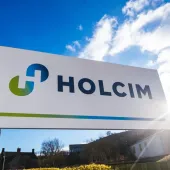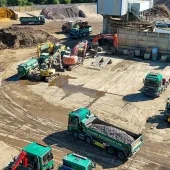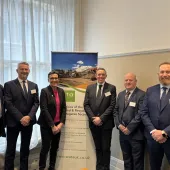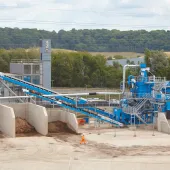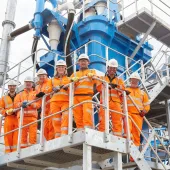Novagg launch new ‘green’ lightweight aggregate
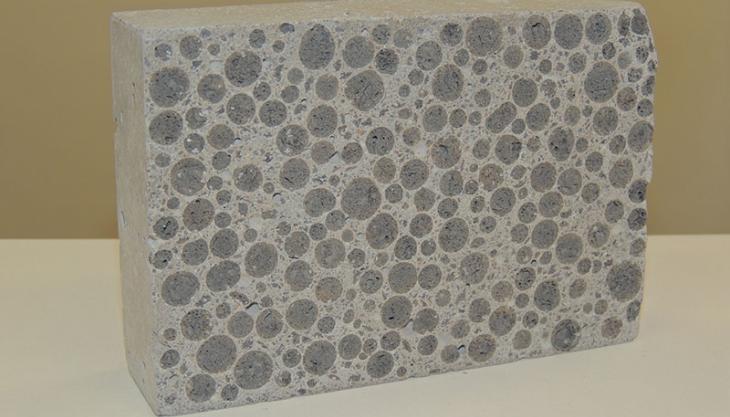
Latest product made from multicolour cullet glass and industrial mineral waste
ACCORDING to Novagg Ltd, they have developed world's greenest lightweight aggregate for use in construction, including in lightweight concrete. The new recycled material was developed as part of a three-year, £1 million collaborative research and development project with Imperial College London, which was part funded by the Government’s Technology Strategy Board.
The lightweight aggregate, known as novagg, is made from largely landfill waste, principally mixed coloured cullet glass and industrial mineral wastes from a number of sectors, including steel, aluminium, chemical and water.
The wastes are mixed, pelletized and fired in a low temperature process using established rotary kiln technology. This bloats the pellets like ‘popcorn’ (a fivefold volumetric expansion can be achieved) into a 'malteser-like' sphere full of small air bubbles.
The wastes, including hazardous wastes, are transformed in the process into a new and easy-to-use product. The novagg material has the additional and market leading advantage of being very low in water adsorption, reducing water and cement requirements in the concrete mixtures.
The product can also be engineered to meet customer requirements such as; lighter weight and lower strength for the non-structural block market; and denser and stronger pellets for structural pre-cast concrete, which is used in high-rise buildings.
The many advantages of lightweight aggregate concrete are well understood globally and future applications could include, for example, lightweight concrete masts for offshore gravity base wind turbines. The novagg aggregate is fully recyclable and a suitable material for delivering resource efficiency and adding value to every stage of the supply chain.



